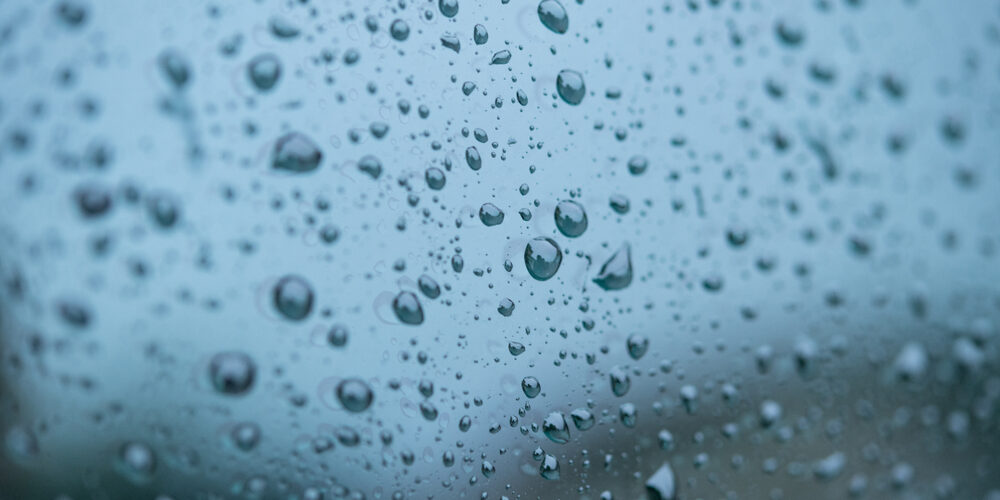When you get your vehicle’s windows tinted, you’re not just enhancing its aesthetics; you’re also adding privacy and reducing interior heat. A common question that arises post-tinting is whether the window tint will get darker as it dries. Let’s clear up this confusion and provide you with accurate information on what to expect during the drying or curing process of window tint.
Understanding the Curing Process
The curing process is crucial for the window tint to fully adhere to the glass. During this time, the adhesive used in the tinting film undergoes a drying phase, which can cause some changes in the appearance of the tint.
Initial Application
Right after application, window tint might appear slightly cloudy or hazy. This is due to the presence of water used during the installation process to activate the adhesive and position the film. Small bubbles or a slightly milky appearance are common and not a cause for concern.
The Drying Phase
As the tint dries, which can take anywhere from a few days to a couple of weeks depending on the climate and other factors, you might notice,
- Decreased Haze – The haziness or cloudiness will gradually clear up as the water between the film and the glass evaporates.
- Bubbles Disappear – Any small bubbles formed by trapped water should start to dissipate.
Does It Get Darker?
- Perception vs. Reality – The tint itself does not technically get darker as it dries. As the water evaporates and the haze clears, the tint may appear slightly darker or more consistent. This is largely due to the elimination of the cloudy appearance rather than an actual change in the tint’s darkness.
- Final Appearance – Once fully cured, the window tint will look clearer and adhere smoothly to the glass, showcasing its true color and darkness level as intended by the manufacturer.
Factors Influencing Perception
- Light Conditions – Changes in external light conditions can also affect how dark the tint appears. On brighter days, the tint may seem lighter, while on cloudy days or during nighttime, it may appear darker.
- Interior vs. Exterior Views – The tint can look different based on whether you’re viewing it from the inside or the outside of the vehicle, further influencing the perception of its darkness.
While window tint doesn’t technically get darker as it dries, the curing process can make the tint appear darker by eliminating the initial cloudiness and water bubbles. Understanding this aspect of window tinting can help set proper expectations and ensure satisfaction with the final result. If you have concerns about the appearance of your window tint during the curing process, it’s always best to consult with the professionals who installed it. Patience is key—the true effect and benefits of your window tint will be fully realized once the curing process is complete.






